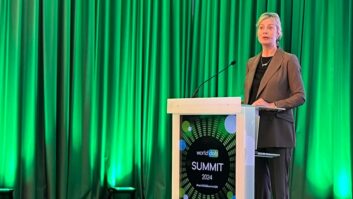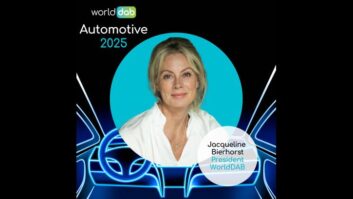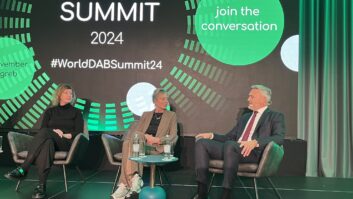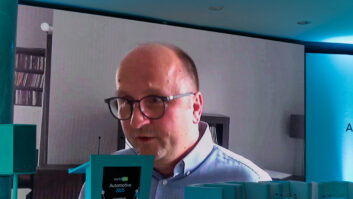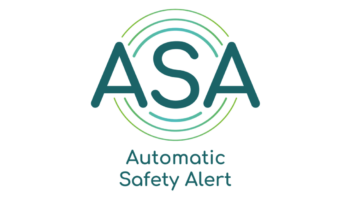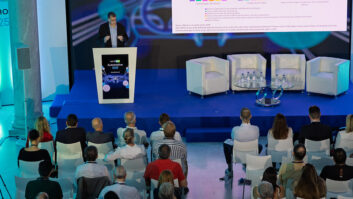DAB+ is delivering on all fronts for the European countries who have adopted this digital radio standard. That was the message delivered by WorldDAB President Patrick Hannon as he opened the WorldDAB Summit 2022 on Nov. 17. Held in person this year at Kings Place, King’s Cross in London and online, the summit is WorldDAB’s annual flagship event.
Hannon opened his “WorldDAB Global Update” by declaring that radio itself plays a really important role in the lives of European citizens. “Eighty-five of Europeans listen to radio every week,” he said. “Ninety percent of car buyers say that radio should be standard in every vehicle. And radio is the medium most trusted by European citizens for 12 years in a row.”
Having said this, the WorldDAB president warned that “the world is changing, new digital services are being launched, consumer tastes are changing and competition is being transformed. So it’s absolutely essential that we protect the core benefits of broadcast radio. And what are those core benefits? It’s free to air, it’s universal and it’s reliable in emergencies. And DAB+ is key to securing that future.”
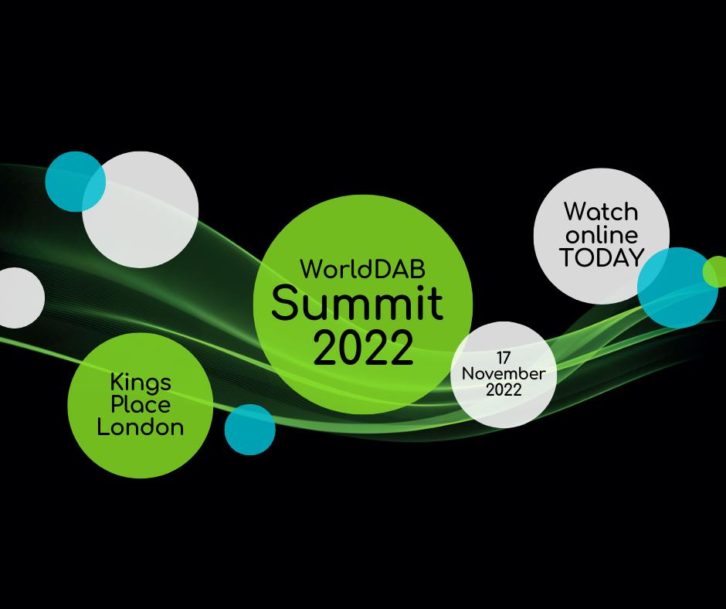
[Sign Up for Radio World’s SmartBrief Newsletter]
The Power of Choice
According to Hannon, there are many reasons why DAB+ is the best digital radio format for securing radio’s future. “First of all, it’s increased choice,” he said. “On average you get seven times as many national services on DAB or DAB+ as you get on FM.”
The extra choice made possible by DAB+’s multiple channels is also good news for broadcasters. “This is the classic example: Absolute [Radio] was one station on analog, now [it] is 10 [thanks to DAB+],” said Hannon. “What they’ve managed to do with this portfolio is to grow their audience from 1.7 million listeners a week to 5.1 million. So they’ve tripled the size of their audience over 10 years.”
Additional channels for broadcasters over DAB+ also means expanded reach. “LBC, a commercial radio station based in London, was on air for 40 years and had an audience of just over 1 million,” he said. “They then went national [on DAB+] and now they’ve got an audience of 3.3 million. So they have tripled their size of the audience, funnily enough, exactly the same growth as Absolute has achieved.”
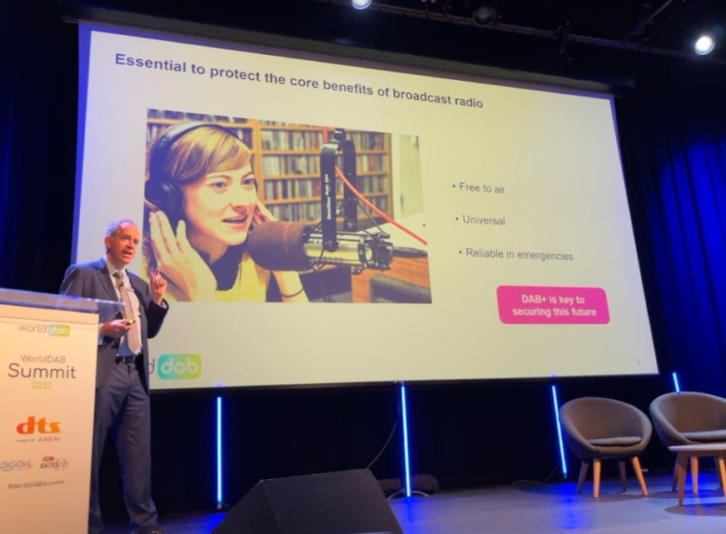
Just the Beginning
The audience growth made possible by DAB+ means that “22 million people in the UK listen to stations that they couldn’t listen to if they only had analog radio,” said Hannon. “That is in turn driving revenue growth.” He then cited statistics showing that UK commercial radio revenues have grown by 34% over the last eight years “in a time when online advertising has been growing massively.”
DAB+ also helps to control broadcasters’ expenses, because the electrical cost of broadcasting a single service is “80% cheaper on DAB or DAB+” than it is on FM, Hannon noted.
Less power use is also good for the environment. “DAB+ is the green solution,” he told the summit audience. “DAB+ was 33% more efficient than FM” when transmission and receiver energy consumption rates are taken into account.
At the same time, DAB+ is more resilient than mobile and online services during emergencies, which is why DAB+ should be at “the core of any emergency warning system,” said Hannon. “This is exactly what’s being proposed in Germany.”
The European Electronic Communications Code now requires all new cars to have digital terrestrial radios, and the penetration of DAB+ across the continent “has been really significant,” he said. As a result, “it’s never been easier for new countries to launch [DAB+] because there is now a ready-made installed base of receivers, which will be growing automatically without the consumers having to do anything.”
“To summarize, DAB+ is firmly established in Europe,” Patrick Hannon concluded. Given all that this digital radio standard is now delivering to the listeners, broadcasters, and advertisers on the continent, “now is the time to secure the future of radio” by further deploying and promoting DAB+.”
[Read Part 2: “WorldDAB Summit 2022: UK Radio Enjoying a ‘Sonic Boom’“]

